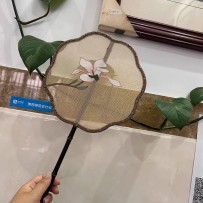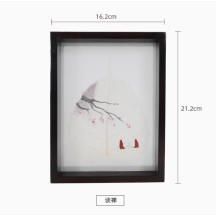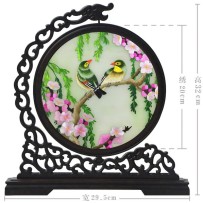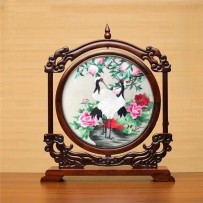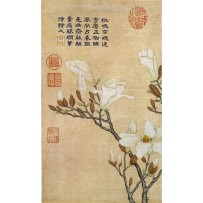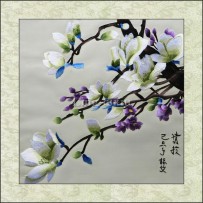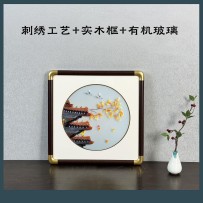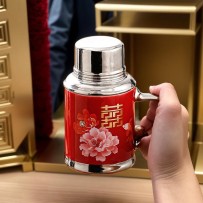The golden toad is one of the legendary auspicious animals that attract wealth. Now many businesses, entrepreneurs, financial practitioners, and even families are happy to place it. It not only has a beautiful effect, but also has the effect of increasing fortune.
Subcategories
Spiritual beasts, also known as auspicious beasts or lucky beasts, refer to animals that symbolize good luck. They can be real in reality or mythical and fictional. The ancients believed that the appearance of spiritual beasts would be accompanied by auspicious events such as the birth of saints.
Spiritual beasts, auspicious beasts or auspicious beasts, that is, auspicious beasts, refer to animals that symbolize good luck. They can be real in reality or mythical and fictional. The ancients believed that when spiritual beasts appeared, they would be accompanied by auspicious events, such as the birth of saints.
The gate-guarding stone lions were a symbol of power and nobility in ancient times. The families of those who could afford to put stone lions in front of their doors were obviously more prosperous, which could be said to be a direct reflection of wealth and family prosperity.
The dragon is a well-known symbol of good fortune in China. For thousands of years, the Chinese people have placed countless beautiful hopes and wishes upon it.
The twelve zodiac figurines are designed with anthropomorphic features and varied forms, each embodying a unique and auspicious meaning.
The Wen Chang Pagoda is believed to house the knowledge of countless books and literary works. Also known as the Pagoda of Literary Star, Pen Pagoda, or Literary Peak Pagoda, it is one of the most commonly used Feng Shui symbols for enhancing wisdom, academic success, and intellectual growth. It is thought to greatly benefit studies, scholarly achievement, and career advancement.
In Chinese tradition, it is customary to decorate with Pixiu, a mythical creature rich in symbolic meaning. People believe that Pixiu brings joy and good fortune. From ancient times to the present, both emperors and commoners have placed great importance on collecting and wearing Pixiu. According to legend, beyond attracting wealth and warding off evil, Pixiu is also believed to protect the home, neutralize negative influences (such as Tai Sui), and even promote harmonious relationships.
The abacus is a manually operated calculating tool. It originated in China and is considered one of the important inventions of ancient Chinese civilization. Before the widespread use of Arabic numerals, the abacus was one of the most commonly used calculation tools in the world.
In ancient times, the luopan was used to guide direction and assess geographical knowledge, and thus it also came to symbolize wisdom and learning.
A themed series inspired by iconic figures from ancient Chinese classics, reimagining and preserving the passionate, proud, and righteous characters cherished in the hearts of the Chinese people—transforming them into companions for everyday life.
The teapot is the ideal companion for brewing tea—one pot dedicated to one type of tea—symbolizing unwavering loyalty and family harmony in traditional culture. Therefore, gifting tea and a teapot during festive occasions is more than a gesture; it is a gift of culture and refined taste.
"A gift of culture that is refined both inside and out.The imagery of the lotus and duck together symbolizes 'the treasured duck passing through the lotus,' conveying wishes for top success in imperial examinations.This plate is not only a beautiful home decoration but also an ideal gift for friends and family."
The round fan symbolizes reunion and happiness, embodying traditional Chinese auspicious meanings. Since ancient times, the Chinese have associated round fans with the Mid-Autumn Festival for two reasons: first, the festival celebrates family reunion, which the round fan represents; second, the fan’s shape resembles the full moon, and moon gazing during Mid-Autumn is a cherished cultural tradition.
"The round fan symbolizes harmony and reunion, representing the joy and completeness of a newlywed couple’s life together. It is also known as the 'Hehuan Fan' (Fan of Harmony), originally serving as a blessing for newlyweds. Over time, its meaning gradually extended to express good wishes for an entire household
Embroidery is a form of handmade art developed to decorate and enrich daily life. At the same time, it has also served as a symbol of power and status, as well as a carrier of wishes for a beautiful life
Embroidery is a form of handmade art developed to decorate and enrich daily life. At the same time, it has also served as a symbol of power and status, as well as a carrier of wishes for a beautiful life
Chinese embroidery has a long and profound history, with its origins tracing back to the Shang and Zhou dynasties, and its legacy continuing into modern times. Over the course of more than 3,000 years and through countless dynastic changes, the art of embroidery—like the totem of the phoenix—has deeply rooted itself in the hearts of the people and grown ever more vibrant and flourishing
Screens first appeared over 3,000 years ago during the Zhou dynasty as exclusive furnishings for the emperor, symbolizing status and power. Over time, their function evolved to include blocking wind, dividing spaces, and providing privacy, while also serving as decorative elements that enhance the beauty of an environment. This combination of utility and aesthetics has allowed screens to endure through the ages and develop into a variety of artistic forms
Behind the various flowers depicted in the artwork lies a wealth of symbolic meaning, reflecting the ancients’ deep understanding of the natural seasons and embodying the philosophical concept of harmony between heaven and humanity
Since ancient times, embroidery has been a form of handmade art developed to decorate and enrich daily life. It has also served as a symbol of power and status, as well as a medium for expressing hopes for a beautiful life
Since ancient times, embroidery has been a form of handmade art developed to decorate and enrich daily life. It has also served as a symbol of power and status, as well as a medium for expressing hopes for a beautiful life








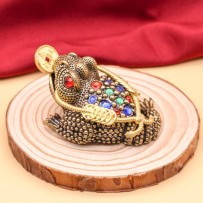

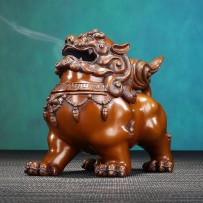

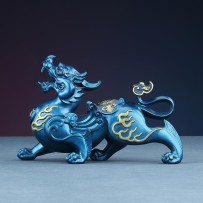


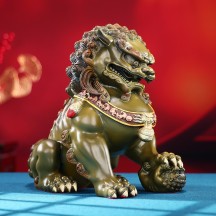

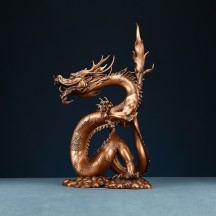

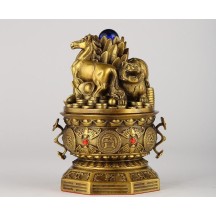

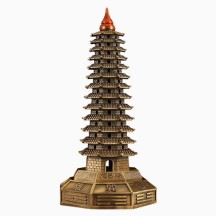
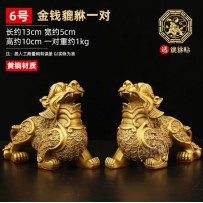


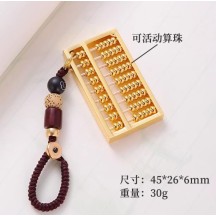
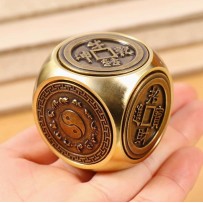

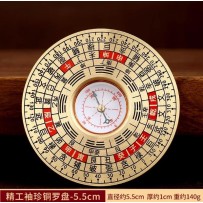



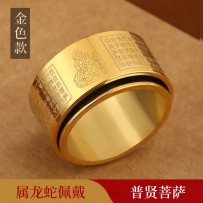



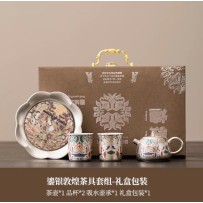

![[Wrist Strap & Stand] Lotus Cultural Creative Phone Case Compatible with iPhone](https://chinachic.shop/2071-inner_default/-wrist-strap-stand-lotus-cultural-creative-phone-case-compatible-with-iphone.jpg)

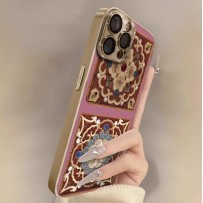

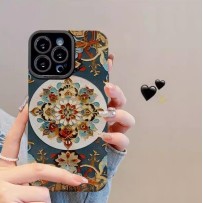


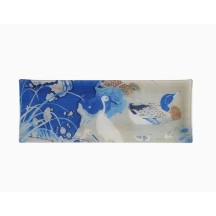
![[Intangible Cultural Heritage Gift] Handmade Suzhou Specialty Kesi Silk Round Fan with Rare Gold Weaving"](https://chinachic.shop/2114-inner_default/-intangible-cultural-heritage-gift-handmade-suzhou-specialty-kesi-silk-round-fan-with-rare-gold-weaving.jpg)

